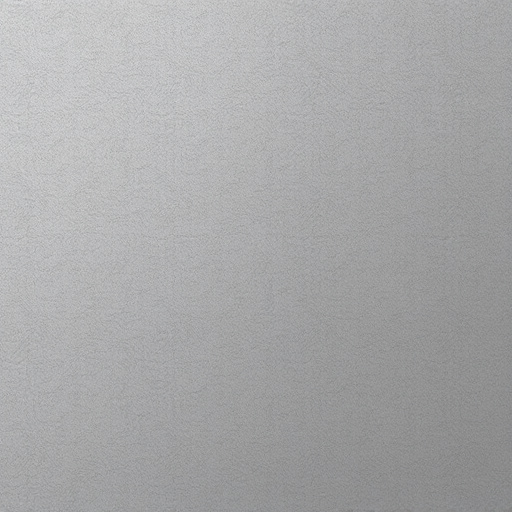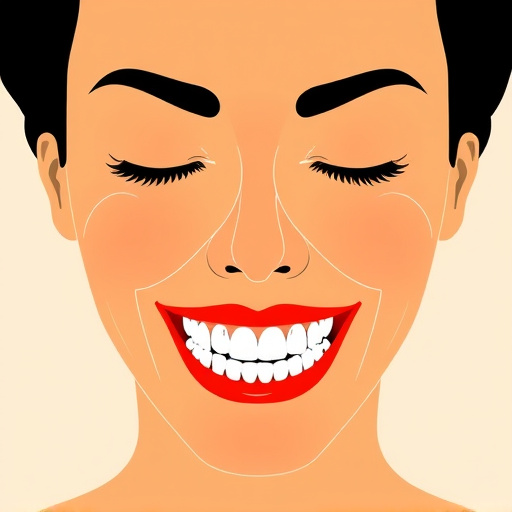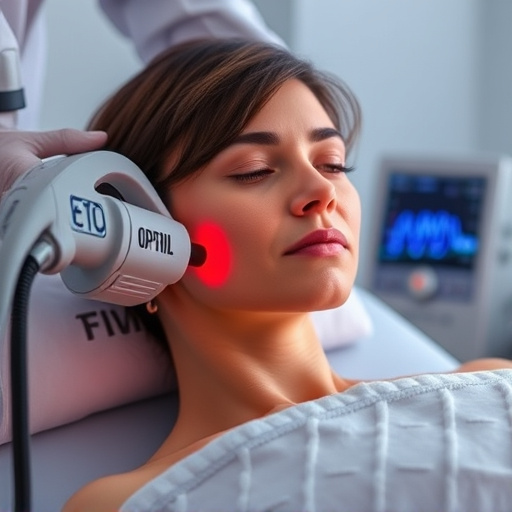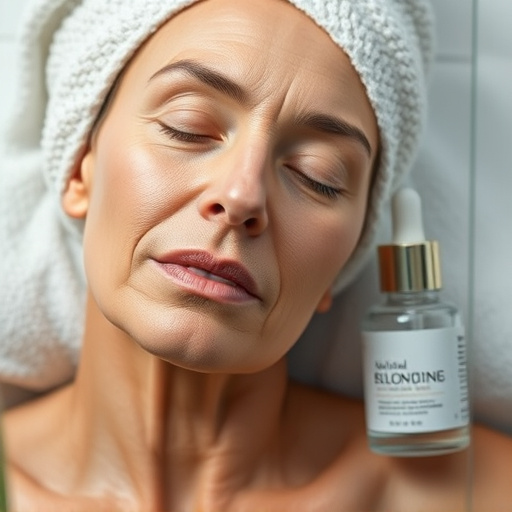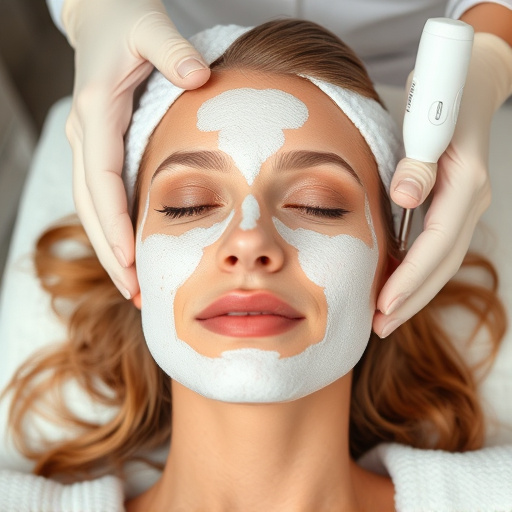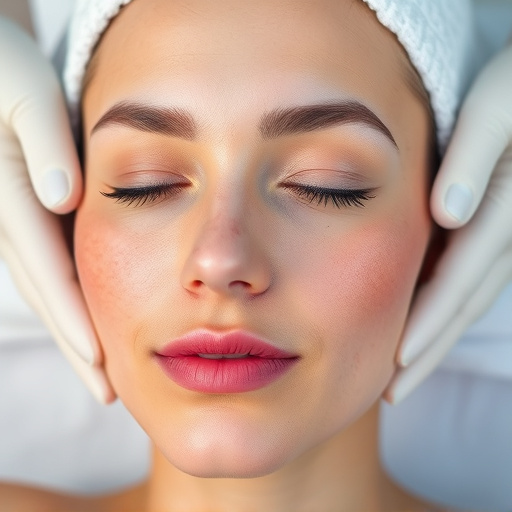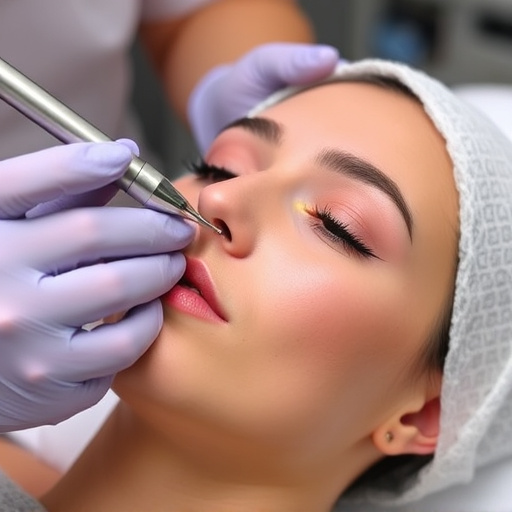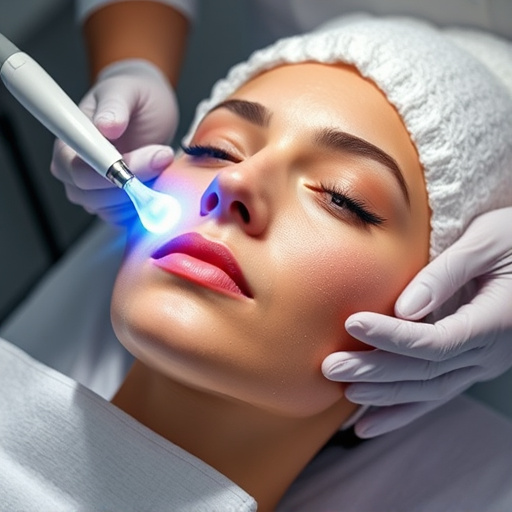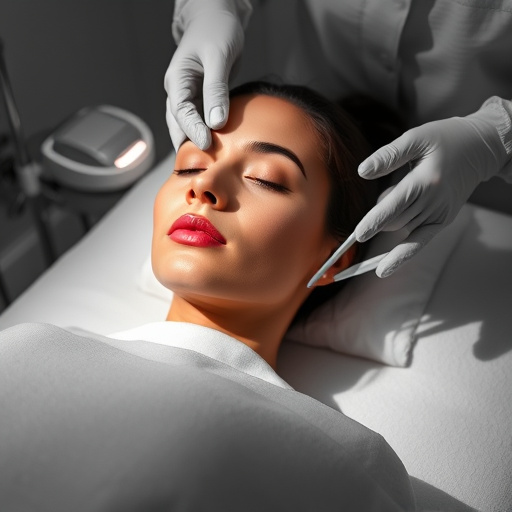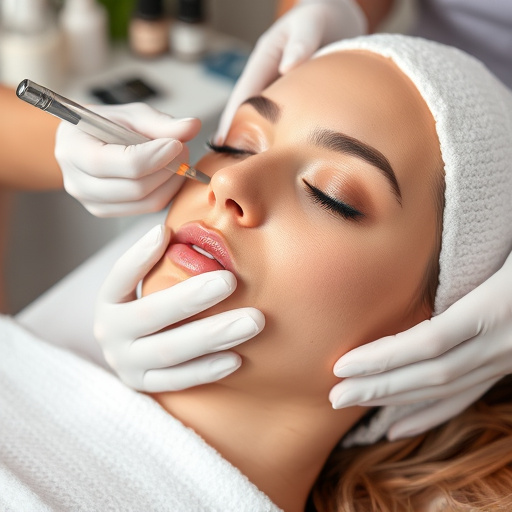Lactic acid peels offer skin smoothing benefits but carry potential side effects like redness, itching, and peeling, varying by concentration and sensitivity. Proper aftercare, including gentle cleansing and tailored skincare routines, is crucial for recovery and minimizing discomfort. Consult professionals for safe administration and personalized advice on managing adverse reactions, especially with procedures like laser hair removal.
Lactic acid peels are a popular skin treatment, offering significant improvements in skin texture and tone. However, like any procedure, they come with potential side effects. This article delves into the common reactions associated with lactic acid peels, including irritation, redness, and peeling. We explore strategies for managing these temporary effects, ensuring you’re informed about what to expect post-treatment. Understanding these side effects is key to choosing a safe and effective skin care regimen featuring lactic acid peels.
- Understanding Lactic Acid Peel Side Effects
- Common Skin Reactions and Irritation
- Managing and Treating Adverse Effects
Understanding Lactic Acid Peel Side Effects
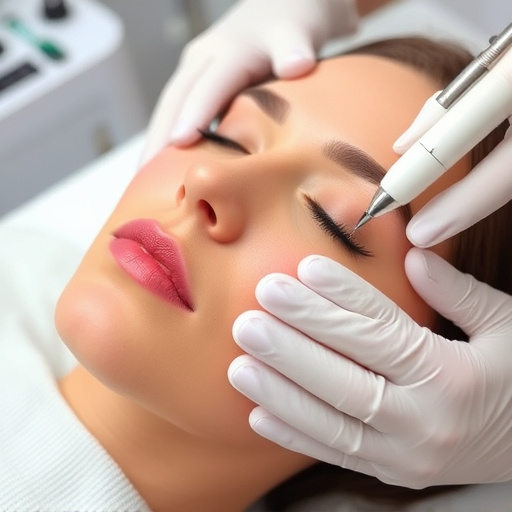
Understanding Lactic Acid Peel Side Effects
Lactic acid peels are popular aesthetic treatments used for various skin concerns, including wrinkle reduction and body contouring. While they offer significant benefits, it’s crucial to understand that like any procedure, they come with potential side effects. The most common include temporary redness, itching, and mild peeling or flaking of the skin. These reactions are usually mild and subside within a few days.
The severity of side effects can vary based on factors such as peel concentration, application method, and individual skin sensitivity. Professionals administering these treatments take precautions to minimise discomfort, but patients should be prepared for some level of temporary irritation. Proper aftercare, including the use of recommended moisturisers and sun protection, is essential to ensure a smooth recovery and help reduce any adverse reactions.
Common Skin Reactions and Irritation
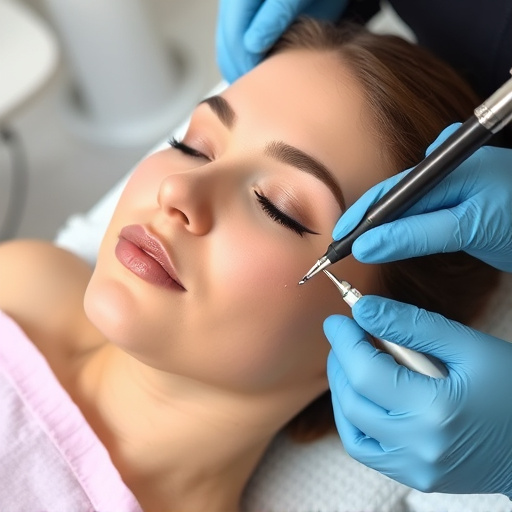
Lactic acid peels are a popular choice for achieving smoother, brighter skin, but they’re not without potential side effects. Common skin reactions to this treatment include redness, itching, and temporary dryness. These symptoms are usually mild and subside within a few hours or days, depending on the concentration of the acid used.
For some individuals, especially those with sensitive skin, more severe irritation may occur. This can manifest as stinging, burning, or peeling of the skin. It’s crucial to remember that these reactions are usually treatable at home by avoiding sun exposure, using gentle moisturizers, and applying cool compresses. However, if symptoms persist or worsen, consulting a dermatologist is recommended for personalized skincare advice, especially when considering procedures like laser hair removal or skin rejuvenation treatments.
Managing and Treating Adverse Effects
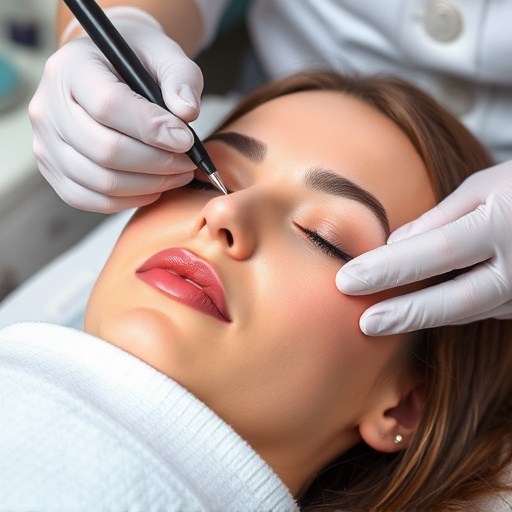
Managing and treating adverse effects from lactic acid peels is essential for achieving optimal results while minimizing discomfort. It’s crucial to follow post-treatment care instructions provided by your dermatologist or skincare professional, which may include gently cleansing the treated area with a mild cleanser, applying soothing moisturizers, and avoiding aggressive exfoliants or harsh products that could irritate sensitive skin.
Personalized skincare routines can play a significant role in mitigating side effects like redness, itching, or peeling. Using gentle, hydrating facial treatments tailored to your skin type can help refine pores and promote faster recovery. Additionally, incorporating calming ingredients such as aloe vera or green tea into your regular skincare regimen can offer relief and support the healing process, enhancing the overall effectiveness of lactic acid peel treatments.
Lactic acid peels offer significant skin rejuvenation benefits, but it’s crucial to be aware of potential side effects. Common reactions like temporary redness, itching, and peeling are normal and usually subside within a few days. By understanding these adverse effects and implementing effective management strategies, you can ensure a smoother experience with lactic acid peels. Remember, consulting a dermatologist for personalized guidance is key before undergoing any peel treatment.

